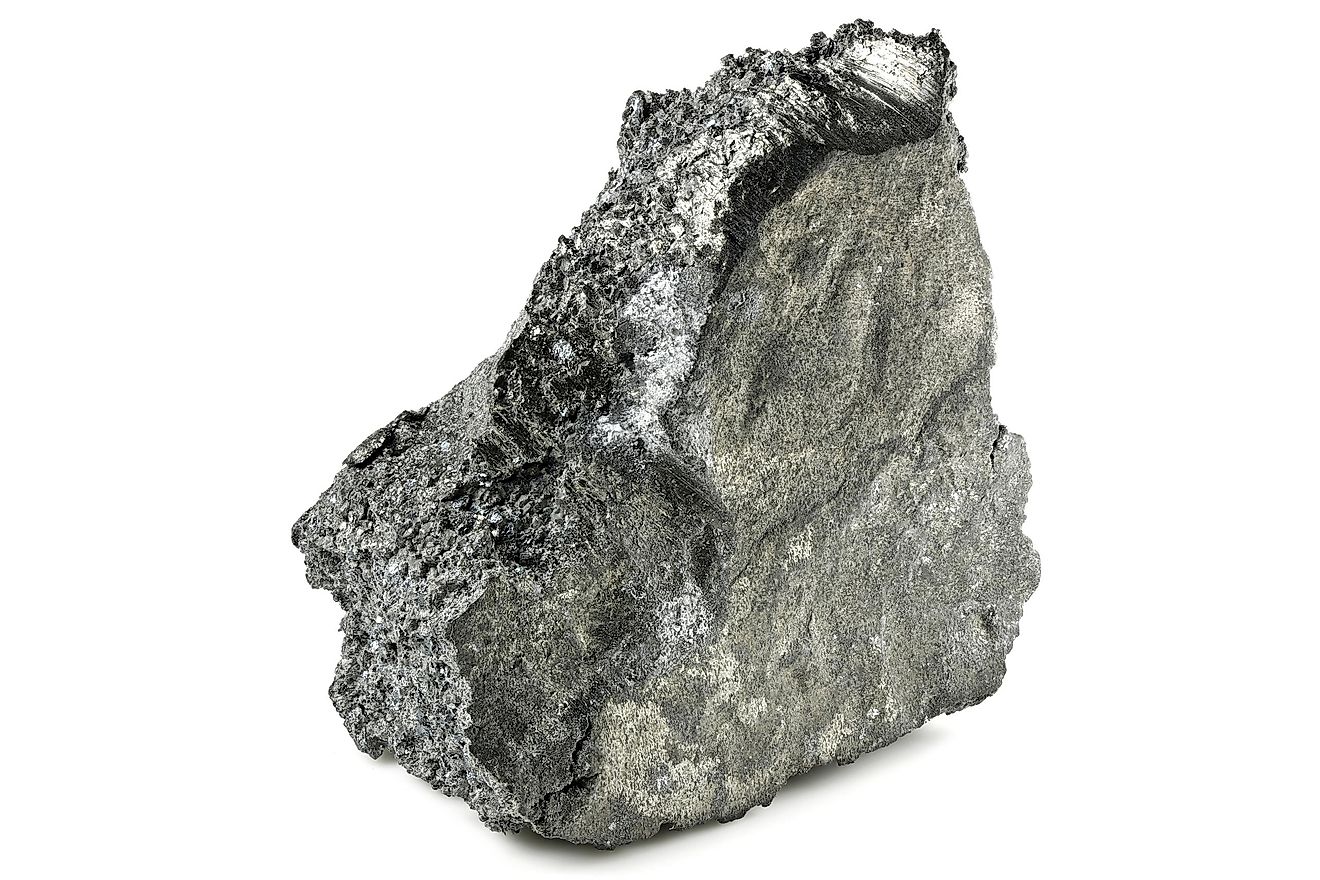The World's Biggest Producers of Rare Earth Elements

The IUPAC classify 17 elements with similar properties that are generally found within the same ore as rare earth elements. Fifteen of the elements belong to the same series and are referred to as lanthanides while the other two, scandium and yttrium, belong to different series. The history of rare earth elements dates back to 1787 when Lieutenant Carl Arrhenius discovered gadolinite which was initially named ytterbite since he found it in Ytterby, Sweden. Cerium is one of the most common of the elements while promethium is extremely rare.
The World's Biggest Producers of Rare Earth Elements
China
China has dominated the world’s production of rare earth elements from the early 1990s. In 2016 China produced approximately 125,000 tons which accounted for 86% of the world's total production. Apart from China's vast output of rare earth elements, the country also has the world's largest reserves. One of the most influential individuals in the Chinese rare earth industry was Xu Guangxian who established an organization to research on the elements. The Chinese government has invested heavily with two research facilities dedicated to studying rare earth elements. One of the primary reasons for the Chinese dominance of the rare earth industry is the availability of cheap labor.
Australia
In 2016, Australia was the second highest producers of rare earth elements producing 14,300 tons of the elements, which was slightly under 10% of the world's total production. According to Investing News, Australia's reserves rank fifth in the world at approximately 3,400,000 metric tons. The country began extracting its rare earth elements in 2007, and several measures have been put in place to ensure that Australia achieves maximum exploitation of the resources. One of Australia's most important mines is Mount Weld mine.
Myanmar
In 2016, Myanmar produced approximately 2,500 tons of rare earth elements which accounted for 1.7% of the world's total production. Some of the rare earth elements located in Myanmar include Xenotime and Monazite. Several countries have partnered with Myanmar to exploit the resource with one of the notable examples being South Korea which entered into agreement with Myanmar in 2010.
Russia
Another prolific producer of rare earth elements is Russia which in 2016 produced 2.3 tons, which was roughly 1.6% of the world's total production. According to Investing News, Russia's rare earth reserves are the third largest in the world with approximately 18,000,000 metric tons. Russia’s consumption of the elements is one of the largest in the world, and the consumption is expected to increase to 180,000 tons by 2020.
Malaysia
In 2016, Malaysia produced about 200 tons of rare earth elements roughly 0.2% of the world's total production. The Lynas Advanced Materials Plant is located in Malaysia and is one of the world's largest refineries. The plant refines rare earth elements from Malaysia and Australia.
The Significance of the Elements
The major application of the elements is in the technology industry where they play an integral part in many products such as cell phones and electric cars. Other industries that make significant use of the elements include the petroleum refining industry and the alloy manufacturing industries.
The World's Biggest Producers of Rare Earth Elements
| Rank | Country | REE Production (Thousand Tonnes) |
|---|---|---|
| 1 | China | 125 |
| 2 | Australia | 14.3 |
| 3 | Myanmar | 2.5 |
| 4 | Russia | 2.3 |
| 5 | Malaysia | 0.2 |











